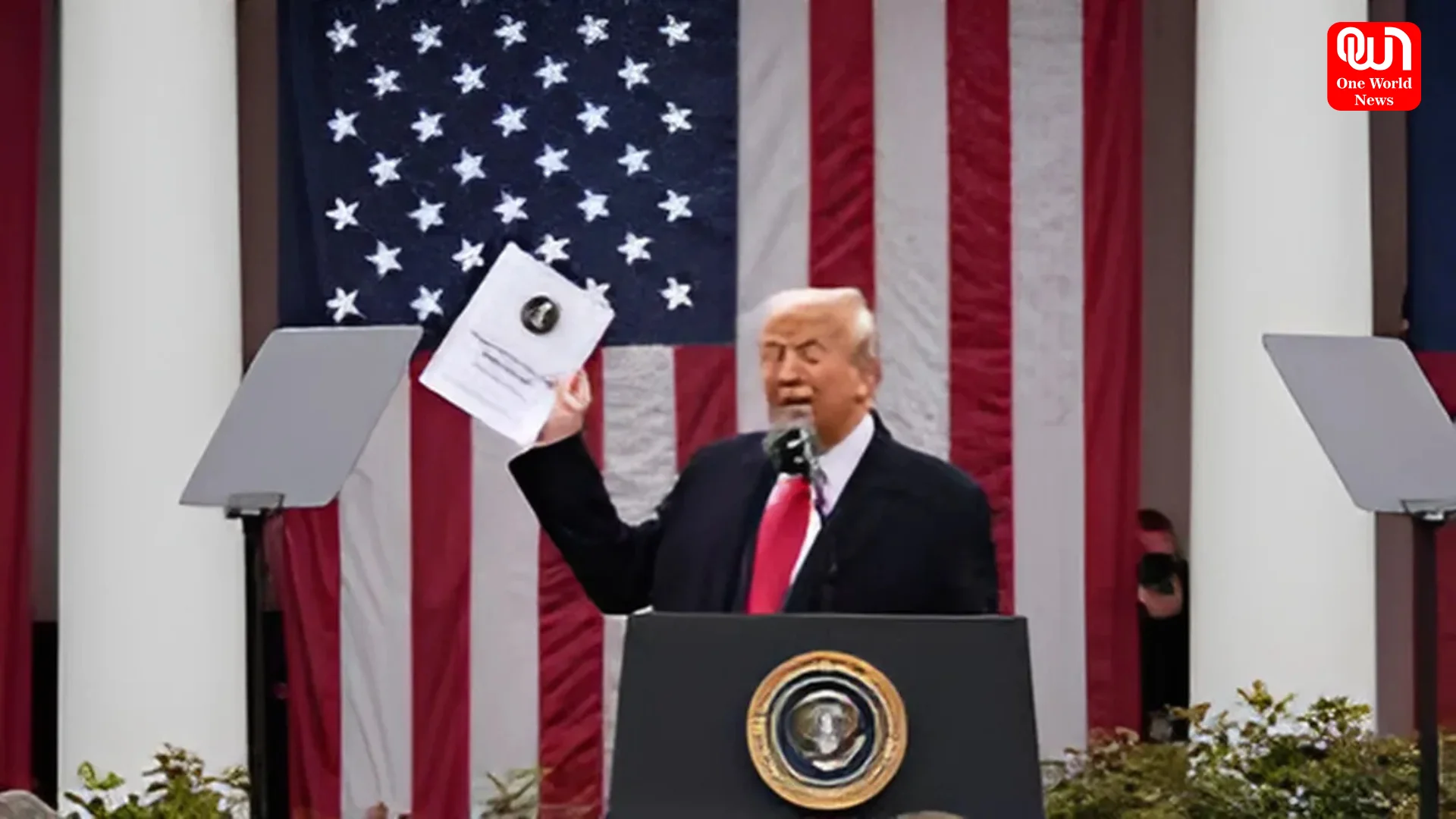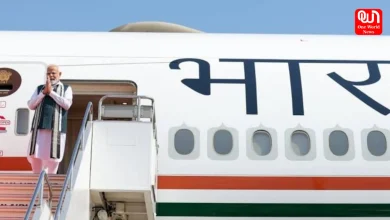India Unfazed by Trump’s 26% Reciprocal Tariff, Says Official
The United States President, Donald Trump, announced India's imports as being entitled to a 26% "reciprocal tariff" on April 2, 2025.
India Sees Trump’s 26% Tariff as Challenge, Not Setback: Official
The United States President, Donald Trump, announced India’s imports as being entitled to a 26% “reciprocal tariff” on April 2, 2025, owing to allegedly ending trade imbalances and high tariff barrier india imposes on American products. This is part of a larger, universal strategy of imposing a mere 10% tariff to be applied on all imports into the U.S. Additional tariffs will be imposed on some countries, including a 34% levied amount for China and 20% for the European Union.
The official described it as a “mixed bag and not a setback,” meaning that while the tariffs pose some challenges, they also open up avenues for negotiation. According to the official, the ministry is analyzing the announcement with respect to the impact of the tariffs and has also brought out provisions to enable reductions if concerns from India are addressed.
As a part of this attempt, the two countries are negotiating on the first stage of a bilateral trade agreement, which both parties hope will materialize by fall, 2025. The extension of duties adds complication, but the urgency of striking a negotiation table to resolve trade disparities has not been rescinded.
According to President Trump, from his side, the high tariffs imposed by India are the rationale for charging American goods high duties. He called it a “discounted” rate, claiming that it’s half of the 52% ”levies” he said India puts on U.S. products. During his announcement, Trump remarked, “This is Liberation Day, a day we’ve been waiting for a long time.”
It has generated many responses: industry bodies, as well as economic analysts, weighed in on the matter. The Associated Chambers of Commerce and Industry of India (ASSOCHAM) stated that India ranked lower at a 26% tariff rate relative to others, meaning India’s export competitiveness to the U.S. market will not remain much compromised. However, they also stressed that Indian industries need to improve on export efficiency and value addition to make this effect of the tariffs insignificant.
Market responses have been rapid. Following tariff announcements, the Indian rupee went down in the NDF market, probably going down when onshore markets opened. This shows what investors might think regarding the fate of India’s export sectors.
Broader implications of these tariffs are profound. According to economists, this might well push average U.S. tariff rates to some 25% above all time historical peaks, further encouraging inflation and breaching the economy. Seafood, wine, toy, electric vehicle, and restaurant industries worry about growing cost burdens.
Read More: CISF Raising Day 2025: Celebrating 55 Years of Service & Security on March 10
Against all odds, the Indian government might still show guarded optimism. The trade negotiation talks between the U.S. and India can be used to draw bilateral tariff solutions toward a more balanced trade relation. Deeply proactive in analyzing and finding remedies for the effects, the Commerce Ministry manifests the very commitment of India to economic safety while keeping up with strong trade relations with the United States.
The immediate problem raised by the 26% tariff put up by the U.S. against India is again an opening for an important negotiation on the long-standing trade imbalance between the two. Such states illustrate the complexity of international trade relations and the significance of strategic diplomacy in dealing with nearby blemishes.
We’re now on WhatsApp. Click to join.
Like this post?
Register at One World News to never miss out on videos, celeb interviews, and best reads.








